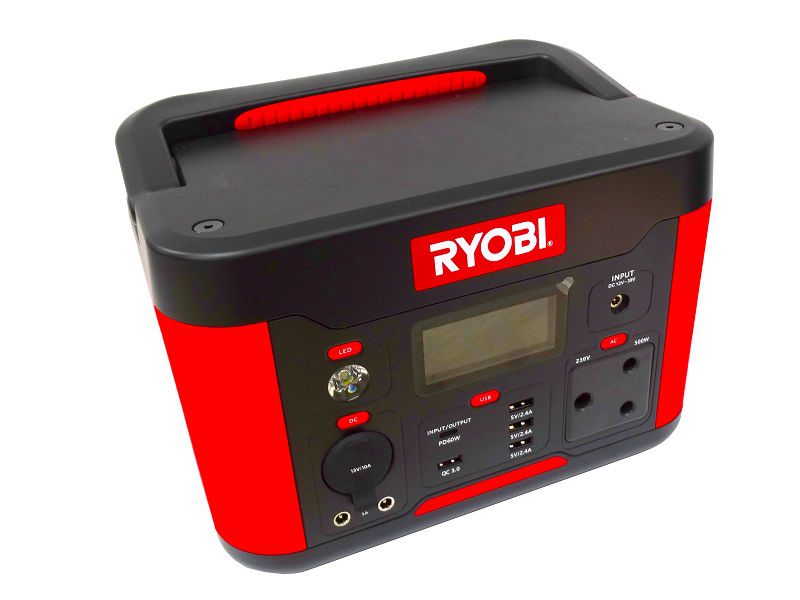
Ryobi is a well-known brand that offers a wide range of power tools and outdoor equipment. While Ryobi products are known for their durability and reliability, occasional errors may occur. In this guide, we will explore common errors that Ryobi users may encounter and provide troubleshooting steps to help resolve them.
If your Ryobi power tool is not turning on, there are a few potential causes and solutions to consider:
Ensure that the power source you are using is functioning correctly. If you are using a corded tool, check that the power outlet is working by plugging in another device. If you are using a cordless tool, make sure the battery is charged and properly inserted into the tool.
Examine the power cord for any signs of damage or wear. If there are visible cracks or frayed wires, it may be necessary to replace the power cord. If you are using a cordless tool, check the battery for any damage or corrosion. Clean the battery terminals if necessary and ensure that the battery is fully charged.
Some Ryobi power tools have a reset button or switch. Locate the reset button, usually located on the handle or near the battery compartment, and press or toggle it to reset the tool. This can help resolve issues caused by minor glitches.
If none of the above steps resolve the issue and your tool still does not turn on, it is recommended to reach out to Ryobi customer support. They can provide further assistance and guide you through additional troubleshooting steps or initiate a warranty claim if necessary.
If your Ryobi power tool is not functioning as expected or is displaying unusual behavior, follow these troubleshooting steps:
Dirt, debris, or sawdust can accumulate in the tool and affect its performance. Use a brush or compressed air to clean the tool, paying attention to the vents and moving parts. Ensure that the tool is unplugged or the battery is removed before cleaning.
Inspect the tool for any loose or damaged parts. Tighten any screws or bolts that may have become loose during use. If you notice any damaged parts, such as a cracked housing or a worn-out blade, it may be necessary to replace those components.
Some power tools require regular lubrication to ensure smooth operation. Refer to the tool’s user manual for specific lubrication instructions. Apply the appropriate lubricant to the moving parts as recommended by Ryobi.
Make sure you are using the tool according to the manufacturer’s instructions. Incorrect usage or applying excessive force can lead to performance issues. Refer to the user manual or instructional videos for guidance on the proper use of your specific Ryobi power tool.
If the tool continues to have issues or is not functioning properly after trying the above steps, it is advisable to contact Ryobi customer support. They can provide further guidance, troubleshoot the issue remotely, or arrange for a repair or replacement if required.
If your Ryobi power tool displays an error message or code, it indicates a specific issue. Here are some common error messages and their possible solutions:
If your tool displays an overload protection error, it means that the tool’s motor is being overloaded. Disconnect the tool from the power source or remove the battery and let it rest for a few minutes. Reduce the workload or switch to a more appropriate tool for the task at hand.
If your cordless tool displays a battery error, it could indicate a problem with the battery. Remove the battery from the tool and clean the battery contacts. Ensure that the battery is fully charged and properly inserted into the tool. If the error persists, try using a different battery or contact Ryobi customer support for assistance.
If you encounter any other error messages or codes that are not mentioned above, consult the tool’s user manual or contact Ryobi customer support for specific troubleshooting steps.
While Ryobi power tools are generally reliable, occasional errors may occur. By following the troubleshooting steps outlined in this guide, users can address common issues such as power tool not turning on, tool not functioning properly, and error messages or codes. If the problems persist, contacting Ryobi customer support is recommended for further assistance. Remember to always refer to the tool’s user manual and
